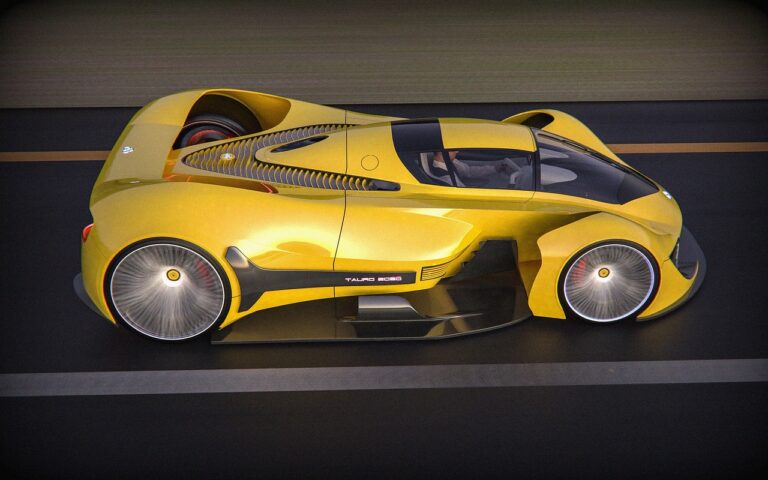Exploring the Integration of Flexible OLED Technology in Automotive Air Conditioning Systems
gold bet, tiger exch login, betbook250:Exploring the Integration of Flexible OLED Technology in Automotive Air Conditioning Systems
In recent years, there has been an increasing focus on the development and utilization of flexible OLED technology in various industries. From smartphones to televisions, OLED displays have become a popular choice due to their vibrant colors, energy efficiency, and thin form factor. One exciting area where flexible OLED technology is being explored is in automotive air conditioning systems.
The integration of flexible OLED technology in automotive air conditioning systems presents a range of exciting possibilities. From enhancing user experience to improving energy efficiency, this technology has the potential to revolutionize the way we cool our vehicles. In this article, we will delve into the various benefits of incorporating flexible OLED displays in automotive air conditioning systems and explore the challenges that need to be overcome for successful implementation.
Benefits of Flexible OLED Technology in Automotive Air Conditioning Systems
1. Enhanced User Experience: One of the most significant advantages of integrating flexible OLED technology in automotive air conditioning systems is the enhanced user experience it offers. OLED displays are known for their vibrant colors and high contrast ratios, making them ideal for displaying temperature settings, fan speeds, and other relevant information in a visually appealing manner.
2. Energy Efficiency: Flexible OLED displays are energy-efficient compared to traditional LCD displays. This can lead to lower power consumption in the vehicle, resulting in improved fuel efficiency and reduced carbon emissions. By using OLED technology in air conditioning systems, automakers can contribute to a more sustainable environment.
3. Customization Options: Flexible OLED displays can be easily customized to suit the design aesthetics of different vehicle models. Automakers have the flexibility to create unique and innovative user interfaces that align with their brand identity, offering a personalized touch to the driving experience.
4. Space Optimization: The thin and flexible nature of OLED displays allows for space optimization within the vehicle cabin. By integrating OLED technology in air conditioning systems, automakers can free up valuable space for other components or design elements, leading to a more streamlined and efficient interior layout.
Challenges in Implementing Flexible OLED Technology in Automotive Air Conditioning Systems
1. Durability: While OLED displays offer advantages in terms of flexibility and form factor, durability remains a concern. In the automotive environment, displays are subjected to harsh conditions such as temperature fluctuations, vibrations, and exposure to sunlight. Ensuring the longevity and robustness of OLED displays in such conditions is a critical challenge that needs to be addressed.
2. Cost: Flexible OLED technology is still relatively new and comes at a higher cost compared to traditional display technologies. Automakers need to evaluate the cost-effectiveness of integrating OLED displays in air conditioning systems and consider the long-term benefits in terms of user experience and energy efficiency.
3. Integration Complexity: Integrating flexible OLED displays into existing automotive air conditioning systems requires careful planning and design considerations. Compatibility issues, software integration, and connectivity challenges need to be addressed to ensure seamless operation and optimal performance.
4. Regulatory Compliance: Automotive displays are subject to stringent regulatory requirements for safety and functionality. Automakers must ensure that flexible OLED technology meets these standards to ensure compliance with industry regulations and safety guidelines.
Exploring the Future of Flexible OLED Technology in Automotive Air Conditioning Systems
Despite the challenges, the future looks promising for the integration of flexible OLED technology in automotive air conditioning systems. As research and development efforts continue to advance, we can expect to see innovative solutions that address the durability, cost, and integration complexities associated with OLED displays in vehicles.
Automakers and technology suppliers are collaborating to overcome these challenges and unlock the full potential of flexible OLED technology in enhancing the driving experience. By leveraging the benefits of OLED displays, such as enhanced user experience, energy efficiency, customization options, and space optimization, automotive air conditioning systems can be transformed into interactive and intelligent components of the vehicle cabin.
FAQs
Q: Are OLED displays suitable for automotive environments?
A: OLED displays offer significant advantages in terms of color reproduction, contrast ratio, and energy efficiency, making them suitable for automotive applications. However, durability and cost considerations need to be taken into account when integrating OLED displays in vehicles.
Q: How can automakers ensure the durability of OLED displays in cars?
A: Automakers can enhance the durability of OLED displays in cars by implementing robust design measures, using protective coatings, and conducting rigorous testing under simulated automotive conditions to ensure reliability and longevity.
Q: What are the potential cost savings associated with integrating OLED displays in automotive air conditioning systems?
A: By using energy-efficient OLED displays, automakers can achieve cost savings in terms of reduced power consumption, improved fuel efficiency, and lower carbon emissions. Additionally, the customization and space optimization benefits of OLED technology can lead to cost savings in vehicle design and manufacturing processes.
Q: What is the timeline for the widespread adoption of flexible OLED technology in automotive air conditioning systems?
A: While flexible OLED technology is still in the early stages of adoption in the automotive industry, ongoing research and development efforts are driving faster integration. We can expect to see increased adoption of flexible OLED displays in air conditioning systems over the next few years as technology advancements and cost efficiencies are realized.
In conclusion, the integration of flexible OLED technology in automotive air conditioning systems holds immense potential for transforming the driving experience. By addressing the challenges and leveraging the benefits of OLED displays, automakers can create innovative and sustainable solutions that enhance user experience, improve energy efficiency, and optimize space utilization within vehicles. With continued collaboration and innovation, flexible OLED technology is poised to revolutionize the automotive industry and pave the way for a more connected and intelligent driving experience.







